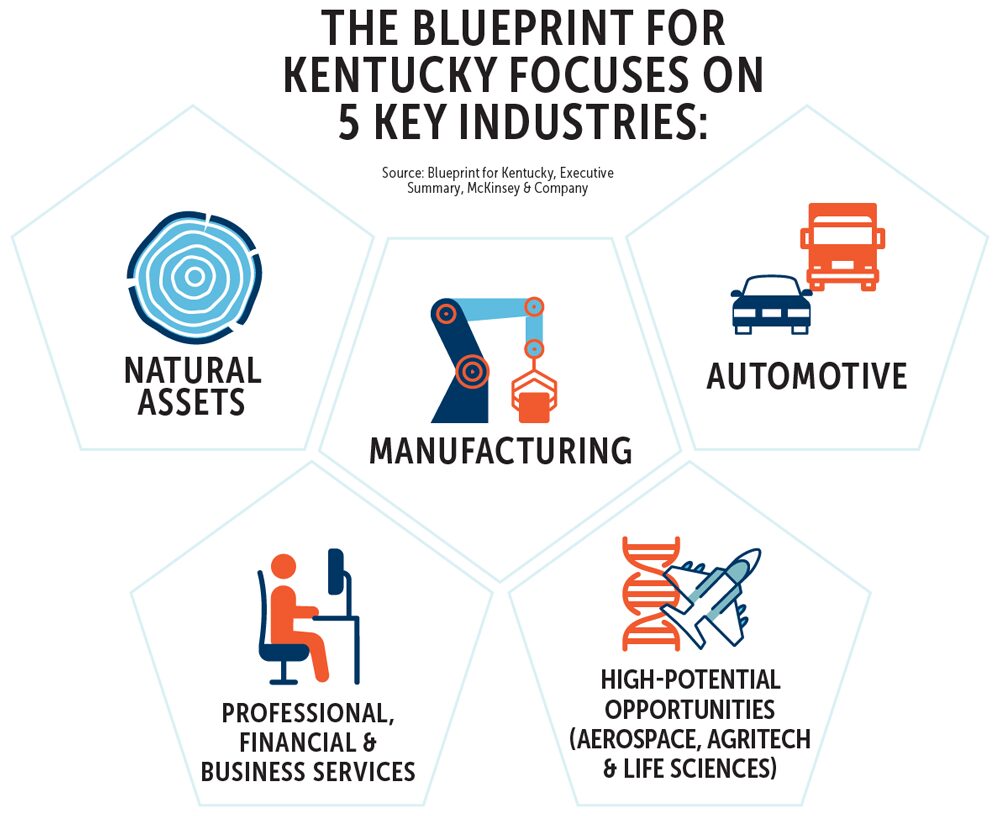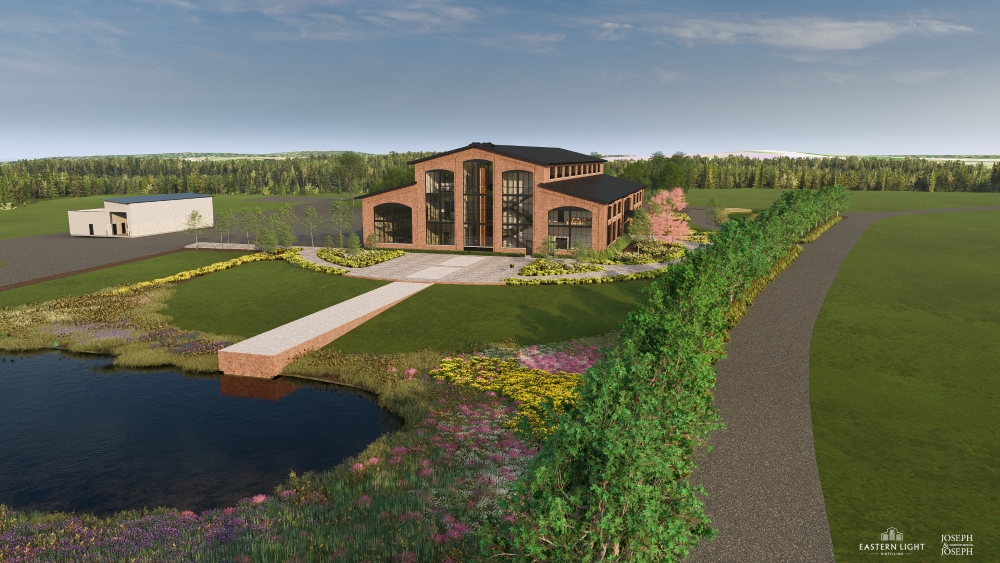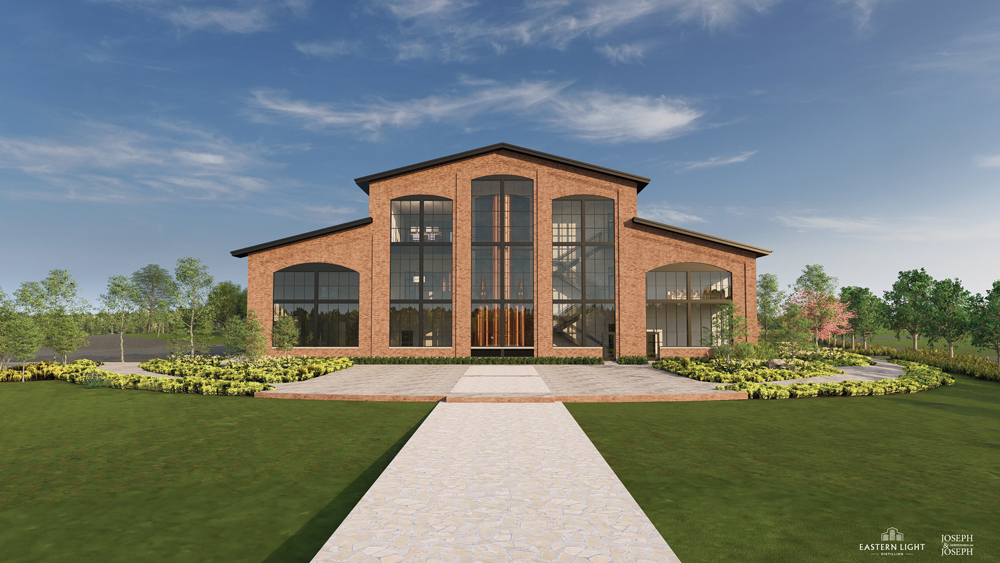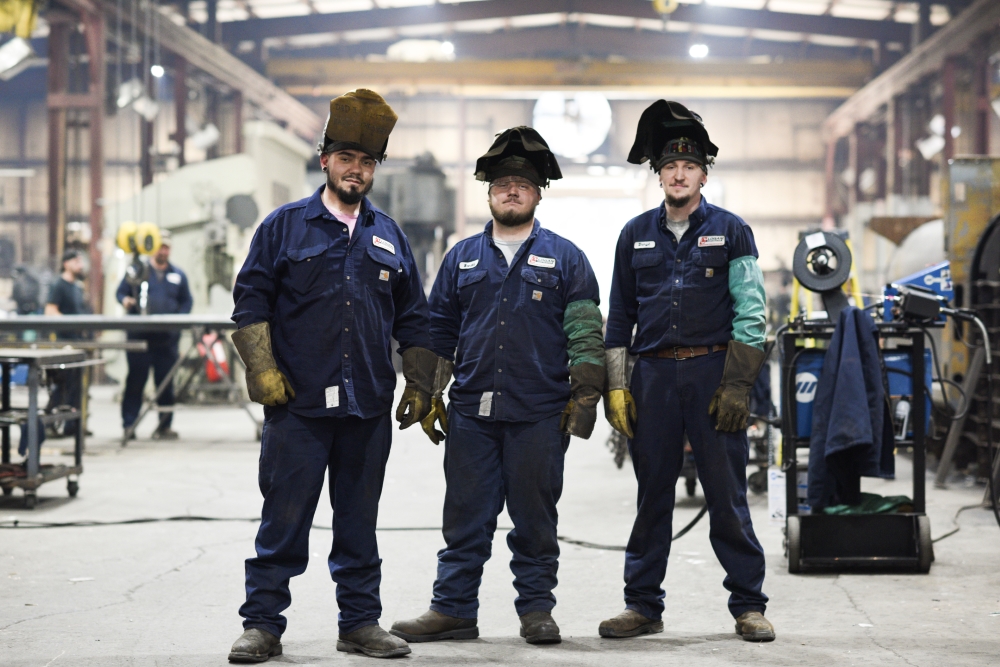Collaborative process identifies 5 target industries for the state.
A Collaborative Blueprint is being used by economic developers throughout Kentucky to lay the foundation for growth in every major region of the state and ensure that every Kentuckian has the opportunity to prosper from economic growth over the next five years.
The Blueprint is a product of collaboration between the Kentucky Cabinet for Economic Development (KCED) and the Kentucky Association for Economic Development (KAED). In short, it is a strategic plan written by economic developers for economic developers in the Bluegrass State. While it does not lay out policy areas, the plan does identify key industries and prioritize the growth factors that will be pursued to make prosperity happen.

Target sectors identified by the Blueprint are:
- Automotive
- Manufacturing
- Natural Assets
- Professional, Financial and Business Services
- High-Potential Opportunities (Aerospace, Agri-Tech and Life Sciences)
The five priorities that will help Kentucky achieve growth in these sectors are:
- Workforce
- Competitive Products
- Infrastructure
- Placemaking
- Entrepreneurs and Innovation
Gov. Andy Beshear laid out the case for the Blueprint last year: “There is no denying the incredible economic success we have had over the past four years, with the most private-sector investment of any administration and several of the largest job-creation projects on record,” he said. “But we recognize there is still so much more we can achieve as a state, and the Collaborative Blueprint will help us navigate our future. We at Team Kentucky know what we can accomplish, and we will continue to work together to ensure we get there.”
KCED and KAED engaged consulting firm McKinsey & Co. to develop the Blueprint. The plan was the result of outreach conducted by KCED and KAED over the past two years. Through regular meetings in local communities, input was gathered from local economic developers to help formulate a strategic economic development plan for each of four major regions of the state: West, Central, East and South-Central.

“The Blueprint gave us the chance to put all of this on paper. Thirty-five years ago, we were strictly industrial development. That is all we did. By getting out and having even more in-depth conversations with folks at the local level, the state leadership found that a lot of things changed.”
— Terri Bradshaw, President & CEO, Kentucky Association for Economic Development
Alignment on a Common Vision
The target industries and priority areas were derived to bring cohesion and focus to economic development efforts at local, regional and state levels, said Jeff Noel, KCED secretary.
“These priority areas are essential to help guide our decision-making as economic developers as we look to take that next step and move the commonwealth forward,” he said. “Not every priority will be a perfect fit for every community, because every community has its own goals, challenges and advantages. That diversity is what makes Kentucky special, but it’s also why the Blueprint is so important. We can align on a vision for success and help shape an even greater future for all Kentuckians.”
Terri Bradshaw, president and CEO of KAED, said it was important to include leaders from small, rural counties in the discussion.
“Improving infrastructure is being brought to the forefront,” she said. “Addressing public health concerns in every region of the state is important. Strengthening partnerships across county lines and across regions, and doing that with educators and business leaders too, is vital to our success as a state.”
At the top of the list of priorities is workforce development.
“There is no one single problem, and there is no one single remedy. We have to look at upskilling people who had jobs in the coal mines. We have to adapt their skills to new careers. People often think that can be done by offering training classes, but that is not the hard part. The hard part is encouraging those folks to participate in the process.”
Bradshaw said she is encouraged by the progress that has already been made because of the Blueprint.
“The Blueprint gave us the chance to put all of this on paper,” she said.
“Thirty-five years ago, we were strictly industrial development. That is all we did. By getting out and meeting with folks at the local level, the state leadership found that a lot of things changed. In some communities, tourism is now the largest economic development initiative. In our Eastern Kentucky region, outdoor recreation opportunities are a large economic driver. This Collaborative Blueprint for Kentucky now reflects that.”
Other positive changes are coming because of the Blueprint. Senate Bill 28 has been proposed to provide a framework for establishing forgivable loans for agricultural economic development; and new alliances are being formed to promote regional economic development strategies.
Grassroots Strategy Pays Off
Jason Sloan, president and CEO of the Morehead-Rowan County Chamber of Commerce in northeastern Kentucky along Interstate 64, said he has been very involved with the Blueprint initiative from day one.
“The state has made this a grassroots initiative. It is a good and attainable plan,” he said. “Making sectors like automotive a top state priority is a good thing. And when you look at our up-and-coming markets like agri-tech, we are poised for growth in multiple areas.”
Sloan said Kentucky “is now in the implementation phase of the Blueprint. The grassroots component of that is still very much alive and well. We will bring people at the local level together from the various parts of the state.”
Collaboration, he added, is the key to making the Blueprint work for all of Kentucky.
He said going through this process has shown Kentucky what it must focus on for the next 20 years. Sloan said multiple issues rose to the forefront. They include housing, quality of life, community development, broadband connectivity and child care.
“The needs for fiber and child care rose to the top,” he said. “For every spot we had in child care, we had two children who needed a spot. We knew we could not just put our hands in our pockets and do nothing. The same is true with broadband fiber. It is just like the Interstate. You can’t sit on the side of the road and watch the rest of the world go by. We have to make strategic investments.”


Eastern Light Distilling is a notable project going into Morehead in Eastern Kentucky. Joseph & Joseph Architects designed this unique bourbon distillery.
Renderings courtesy of Joseph & Joseph Architects
Placing greater emphasis on tourism will also help Rowan County, said Sloan.
“In 2023, we landed Eastern Light Distilling, a bourbon company that is making a $123 million investment here,” he noted. “That gives us an entirely new sector. We have a major lake that feeds tourism in three states. Tourism here will only grow in aspects like lodging, shopping, dining, distilleries and other attractions. The Blueprint gives us a chance to address our workforce needs in all of these sectors and grow our base of industry.”

